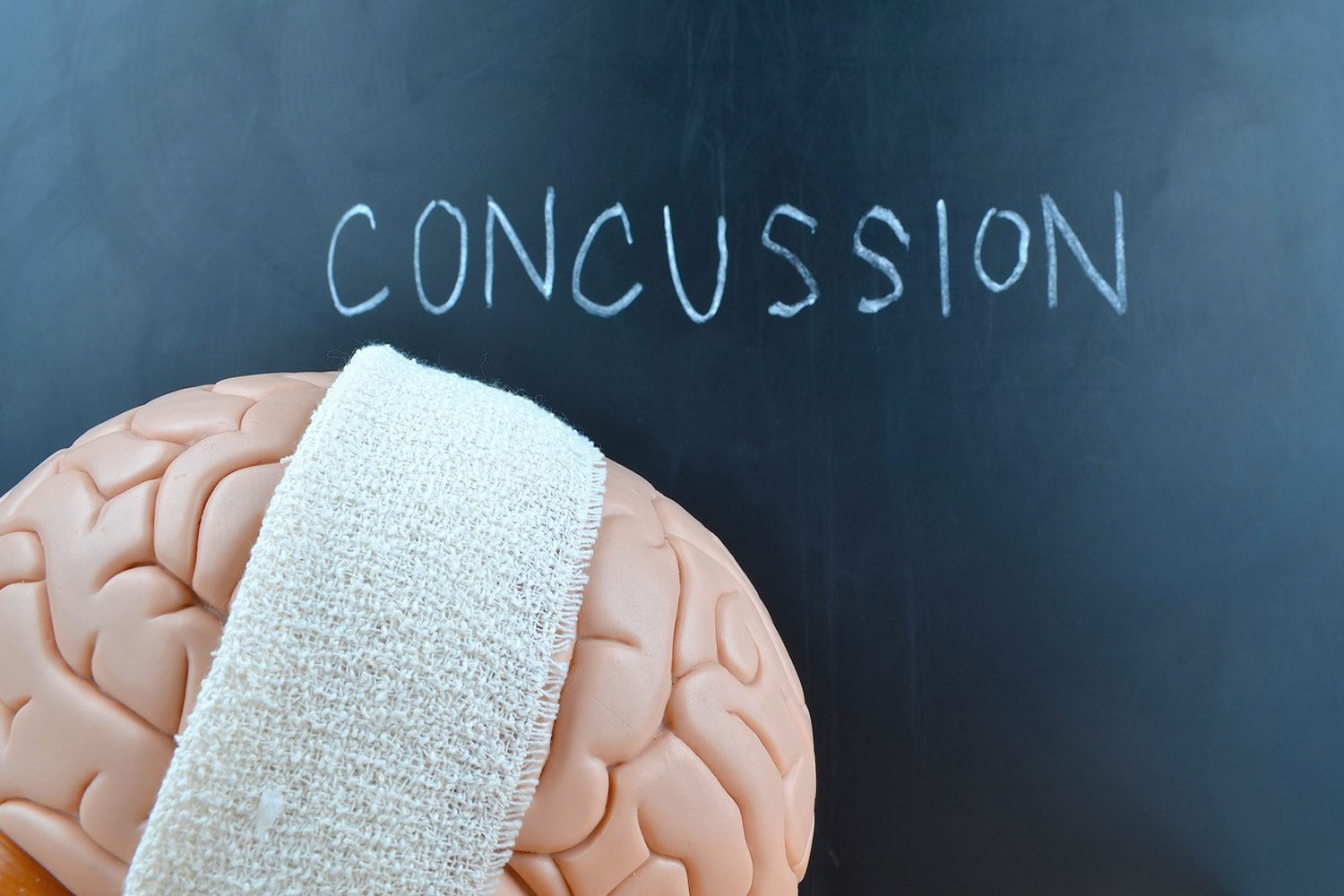If you have experienced a TBI, are a partner of one who has, or a therapist wanting to help others who have sustained a TBI, it is important to understand a few facts.
A TBI happens every 21 seconds in the United States, and 5.3 million people live with disabilities as a result of the TBI.
This disability is different from other disabilities in that it is invisible. You cannot see it with the naked eye, and it is often referred to as the “silent epidemic.”
Over the years, my clients have told me that they feel as if they were living in an invisible wheelchair. They have said things like, “If I had a bandage on my head or stitches, then people, including myself, would realize my brain is injured.”
You see, when we break an arm or leg, we have a cast or depend on crutches. People know that we are injured, and we know we are injured because we look at the cast every single day.
But nothing shows that a brain is injured when you have a “mild” brain injury. These injuries often go undetected and untreated, leaving everyone confused and scared with no clear path forward.
If you have had a TBI or have lived with someone who has had one, you understand exactly what I am saying. The injured person looks typical, but they are just not the same person you always knew. The injured person feels as if they are living with someone else’s brain, and the partner and family members feel as if they are living with a stranger.
Common symptoms of a TBI are:
- Fatigue.
- Changes in attention and concentration.
- Short-term memory loss.
- Word-finding problems.
- Noise and light sensitivity.
- Difficulty managing emotions.
- Depression and anxiety.
- Sleep disturbance.
- Headaches.
- Dizziness or balance problems.
These symptoms are far from mild and can wreak havoc with one’s life. But you can rebuild, transform, and come out stronger than before if you do these six things:
- Trust that knowledge is power. You. Are. Not. Crazy. The injury is real even though you can’t see it. Believing this will help you get the help and support you need.
- Educate yourself and others. Free resources for education can be found at https://www.brainline.org.
- Put the right team in place. Be sure to have professionals who understand mild TBI. Ask them about their experience and how they can help you.
- Contact the Brain Injury Association of America for resources in your state. The organization can be found at http://www.biausa.org/
- Find a speech pathologist. Brain healing goes on for years, which means the healthy brain cells can do what the injured ones did previously. This is called neuroplasticity. A speech pathologist who specializes in cognitive retraining can help with developing compensatory strategies for changes in thinking, memory, attention, concentration, and word finding even if the injury happened five years ago.
- Locate a counselor. Counseling will help you adjust to changes that have occurred since the TBI, especially if you are feeling depressed or anxious. These feelings are normal and can be overcome with help.
Over and over again, the strength and resilience of survivors and their families allow them to come out stronger than before.
If your relationship has been affected by TBI, download my free guide, 7 Pathways for Reconnecting After TBI: Solutions for Couples.
If you are a therapist, download my free guide The 5 Stages of Overcoming Traumatic Brain Injury.

